So, you're thinking about getting an underwater scooter, huh? You're in the right place! If you're someone who's new to diving or snorkeling, this guide is for you. Let’s break down everything you need to know before you take the plunge into the world of underwater scooters.
Are Underwater Scooters Beginner-Friendly?
Absolutely! Underwater scooters are great for beginners, especially if you’re new to snorkeling or diving. They’re designed to help you move easily through the water, reducing the physical effort you need to put in. Whether you're not the best swimmer or just want to explore more without getting tired, a scooter can make your experience more enjoyable and less tiring.
Why Should You Get One?
Here’s why underwater scooters can be a game-changer for you:
-
Less Effort, More Fun: Instead of swimming hard, the scooter does the work for you, letting you glide through the water.
-
Longer Exploration: You’ll be able to explore further, saving energy for a longer adventure underwater.
-
Thrill of Speed: It adds a fun element to your dives and snorkeling. You’ll feel like you're zipping around the ocean like a pro.
-
Perfect for Newbies: If you’re still getting the hang of swimming or diving, it can give you a confidence boost, helping you keep up with more experienced folks.
Recommended: Underwater Scooter Battery Life and Runtime: What You Need to Know
How to Choose the Right Underwater Scooter
There are many underwater scooters out there, and it can be a little overwhelming to pick the right one, especially when you’re just starting. Here are the key things to look out for:
1. Battery Life
You definitely want a scooter that lasts long enough for your adventures. Aim for a scooter with a battery life of at least 30 minutes, but if you plan on exploring deeper or for longer periods, look for a model that lasts an hour or more.
2. Speed and Thrust
Scooters typically range from 2-5 mph. If you’re just leisurely exploring, you don’t need super fast speeds, but if you’re after some thrill and want to zip through the water, pick a scooter with higher thrust and speed.
3. Weight and Size
If you’re traveling or don’t want something bulky, choose a lightweight scooter. Most beginner models are designed to be portable, so they’re easy to handle and transport.
4. Depth Rating
Make sure the scooter can handle the depths you plan to explore. Most beginner-friendly scooters are good for depths up to 130 feet, which is perfect for snorkeling and recreational diving.
What’s the Price Range for Underwater Scooters?
Underwater scooters come in all price ranges, so you can find something that fits your budget:
-
Budget-Friendly Models ($300–$600): These are lightweight and simple to use, perfect for casual snorkelers or first-time users.
-
Mid-Range Models ($600–$1000): These models tend to offer better battery life, speed, and thrust, ideal for those who dive or explore frequently.
-
High-End Models ($1000+): These are for serious divers who need high performance, longer battery life, and extra features.
Popular Models for Beginners
Here are a few popular and well-rated underwater scooters that are perfect for beginners:
-
Sublue WhiteShark Mix: Lightweight and easy to use, great for casual snorkelers. Battery lasts about 30 minutes.
-
Asiwo Manta: Compact, one-handed control, ideal for beginners who want a scooter that’s easy to carry and operate.
-
Sublue Seabow: A bit more powerful with higher thrust, suitable for those who want a little extra speed.
| Model | Features | Price Range |
|---|---|---|
| Sublue WhiteShark Mix | Dual propellers, super light | ~$499 |
| Asiwo Manta | One-handed control, compact design | ~$469 |
| Sublue Seabow | High thrust, comfortable handles | ~$699 |
How to Maintain Your Underwater Scooter
Taking care of your underwater scooter is crucial for it to last long:
-
Rinse It After Every Use: After each dive, make sure to rinse the scooter with fresh water to get rid of salt and debris.
-
Check Seals: Keep an eye on the O-rings and seals. If they start to wear out, it could affect the scooter’s waterproof capabilities.
-
Store It Properly: Don’t leave it out in direct sunlight or in a humid place. Store it in a cool, dry location.
-
Charge It Properly: Follow the manufacturer’s guidelines for charging to ensure your scooter’s battery lasts longer.
Common Mistakes to Avoid
Here are a few things to keep in mind when using your underwater scooter:
-
Don’t Forget to Check the Battery: Always check the battery level before you go out. You don’t want it running out of juice while you’re exploring.
-
Don’t Overdo It: Take breaks and listen to your body. Even though the scooter helps you move more easily, it’s still good to take a breather every now and then.
-
Skip the Safety Gear: Even though you’re using a scooter, always wear a life jacket and other necessary safety gear to stay safe in the water.
Conclusion
Water adventures are way more fun with an underwater scooter. They let you explore deeper, move faster, and use less energy, making them ideal for beginners and experienced divers alike. So, if you’re looking to level up your underwater exploration, investing in an underwater scooter is definitely worth considering.
FAQs
Q: Do I need to be a strong swimmer to use an underwater scooter?
Not at all! The scooter does most of the work for you, so even if you’re not the best swimmer, you can still enjoy it.
Q: How long can I use an underwater scooter before the battery runs out?
Most scooters last between 30 to 60 minutes, depending on the model. Always check the battery life before you go out to avoid running out of power mid-dive.
Q: Can I use my underwater scooter in a pool?
Yes, you can! Pools are a great place to practice and get comfortable with the scooter before using it in open water.
Q: How deep can I go with a beginner-friendly scooter?
Most beginner models are rated for depths of up to 130 feet, which is more than enough for snorkeling and recreational diving.
Q: Are there age restrictions for using an underwater scooter?
Generally, users need to be at least 12 years old. However, always check the manufacturer's recommendations for age limits.
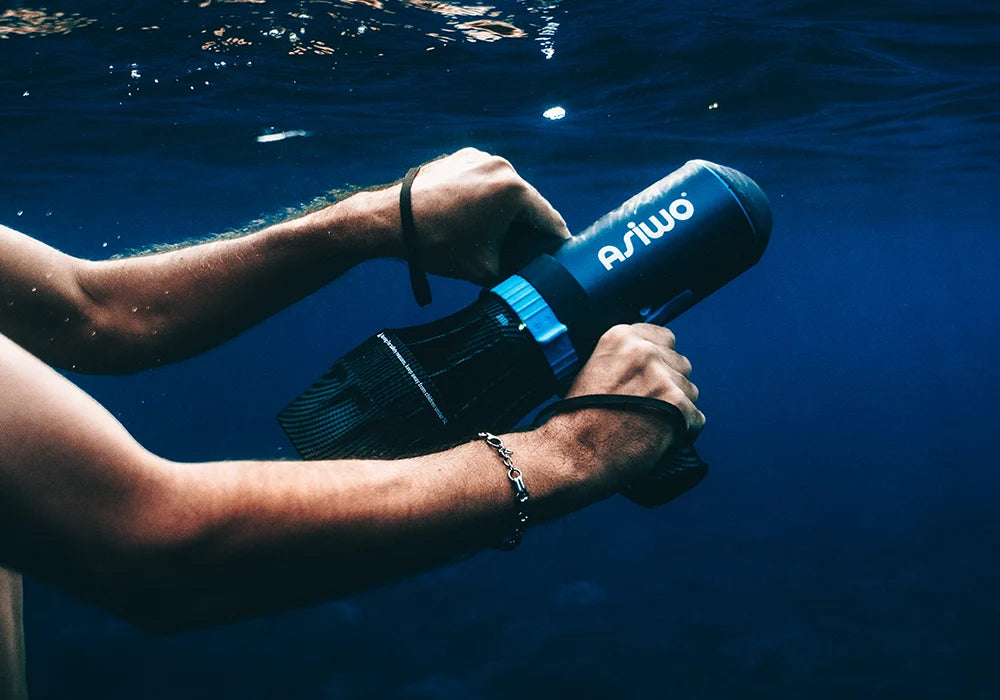




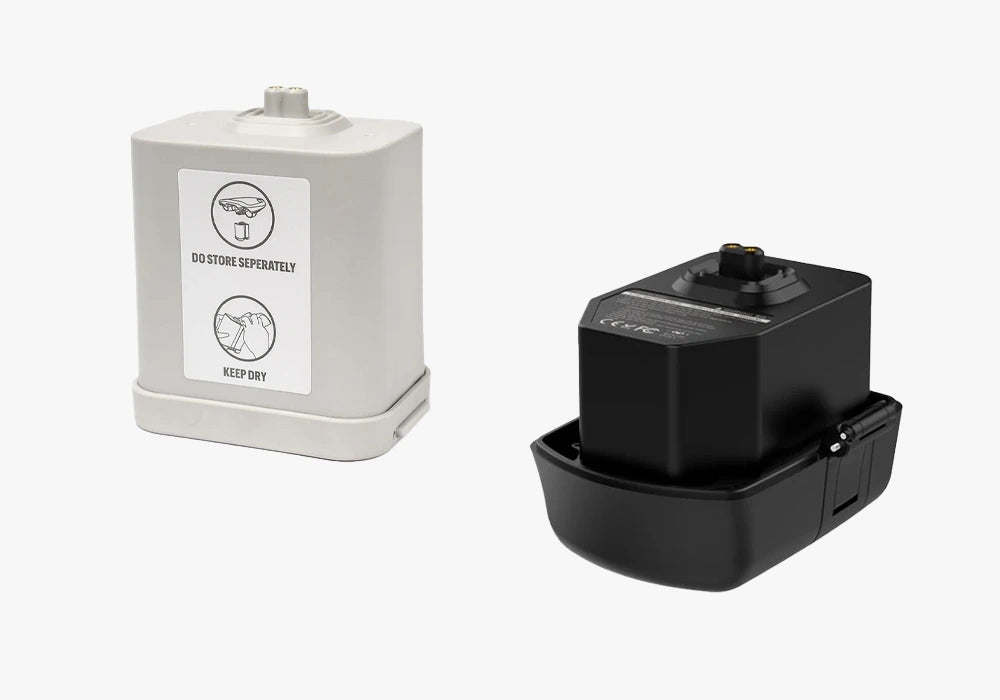




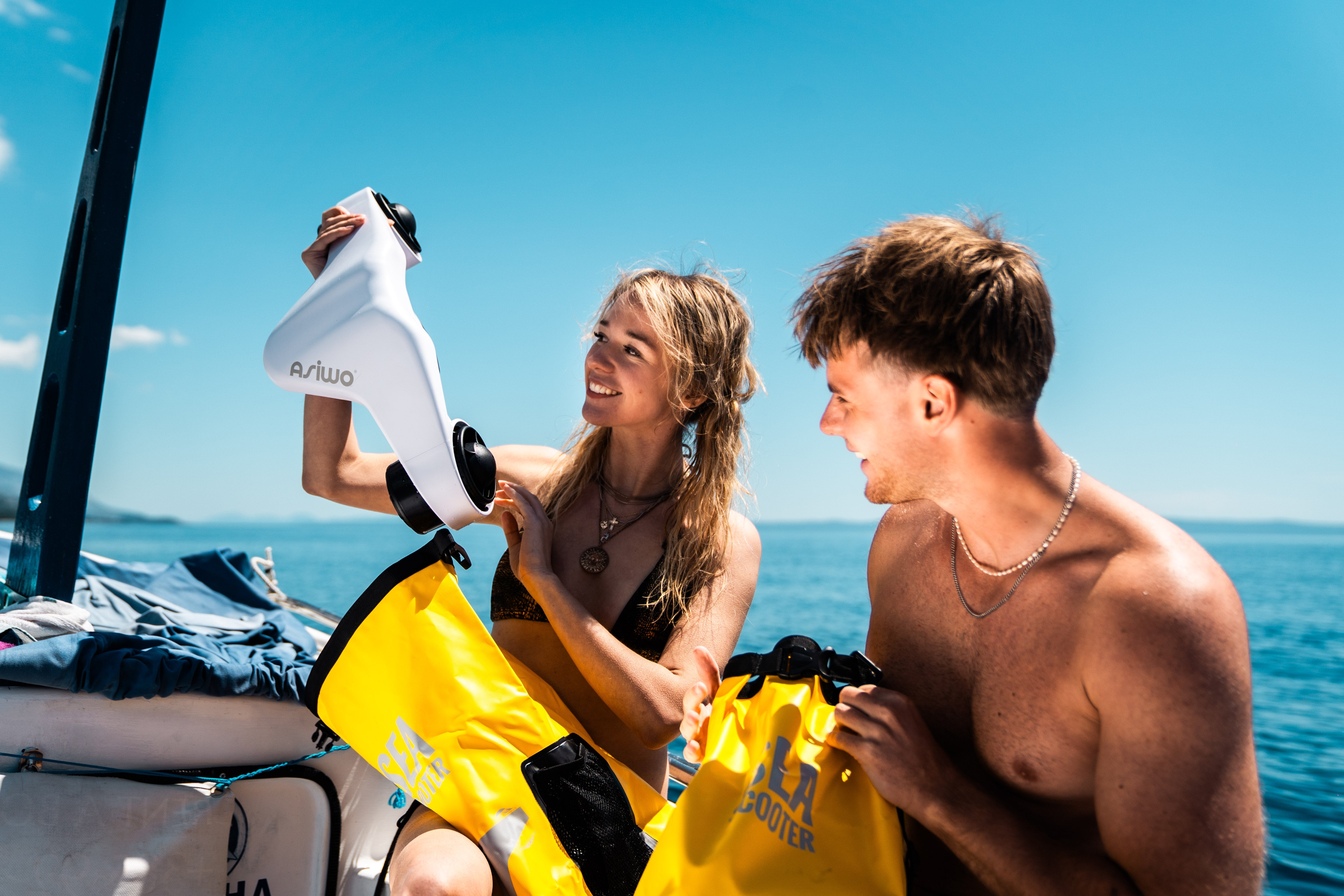
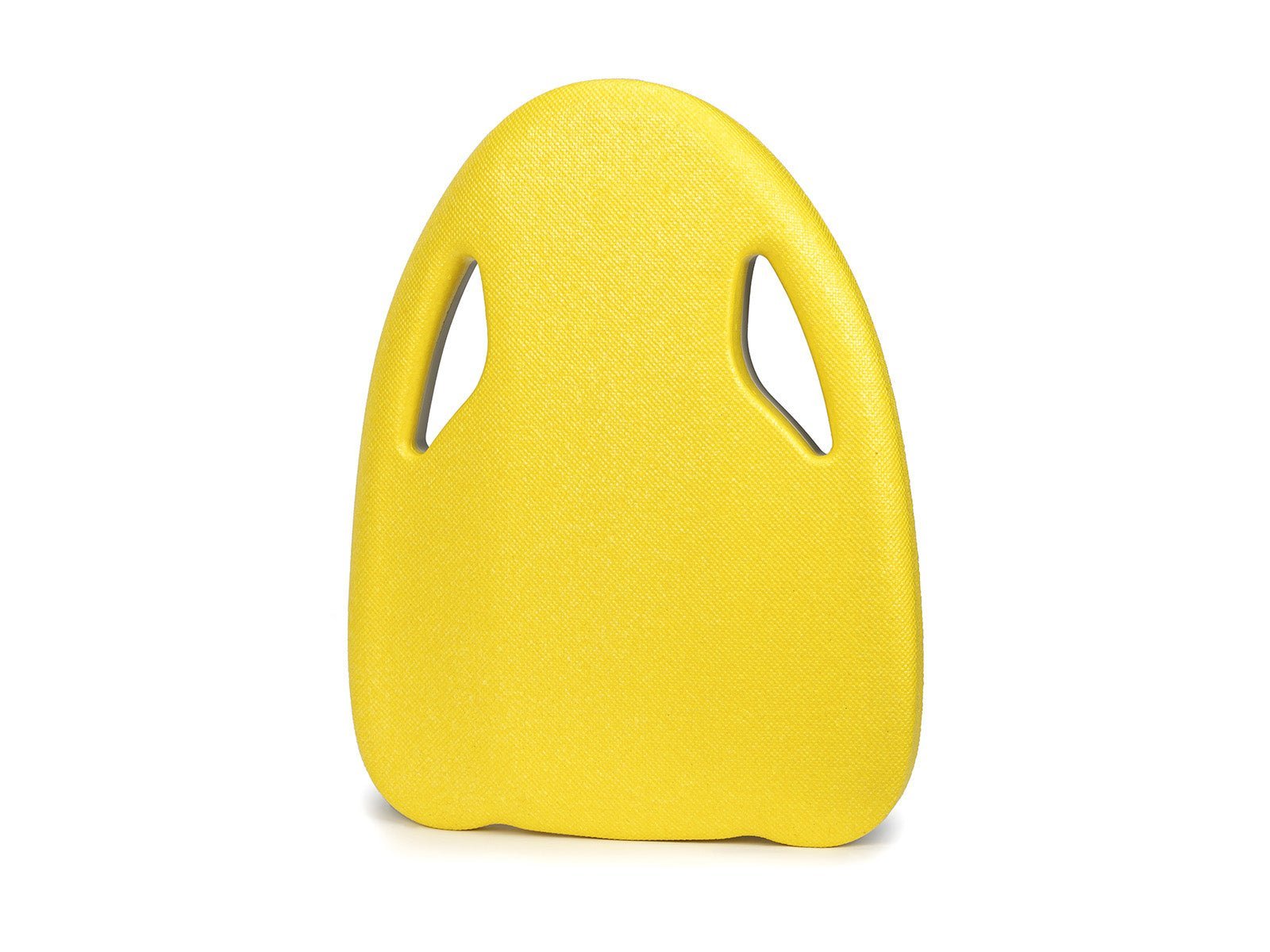
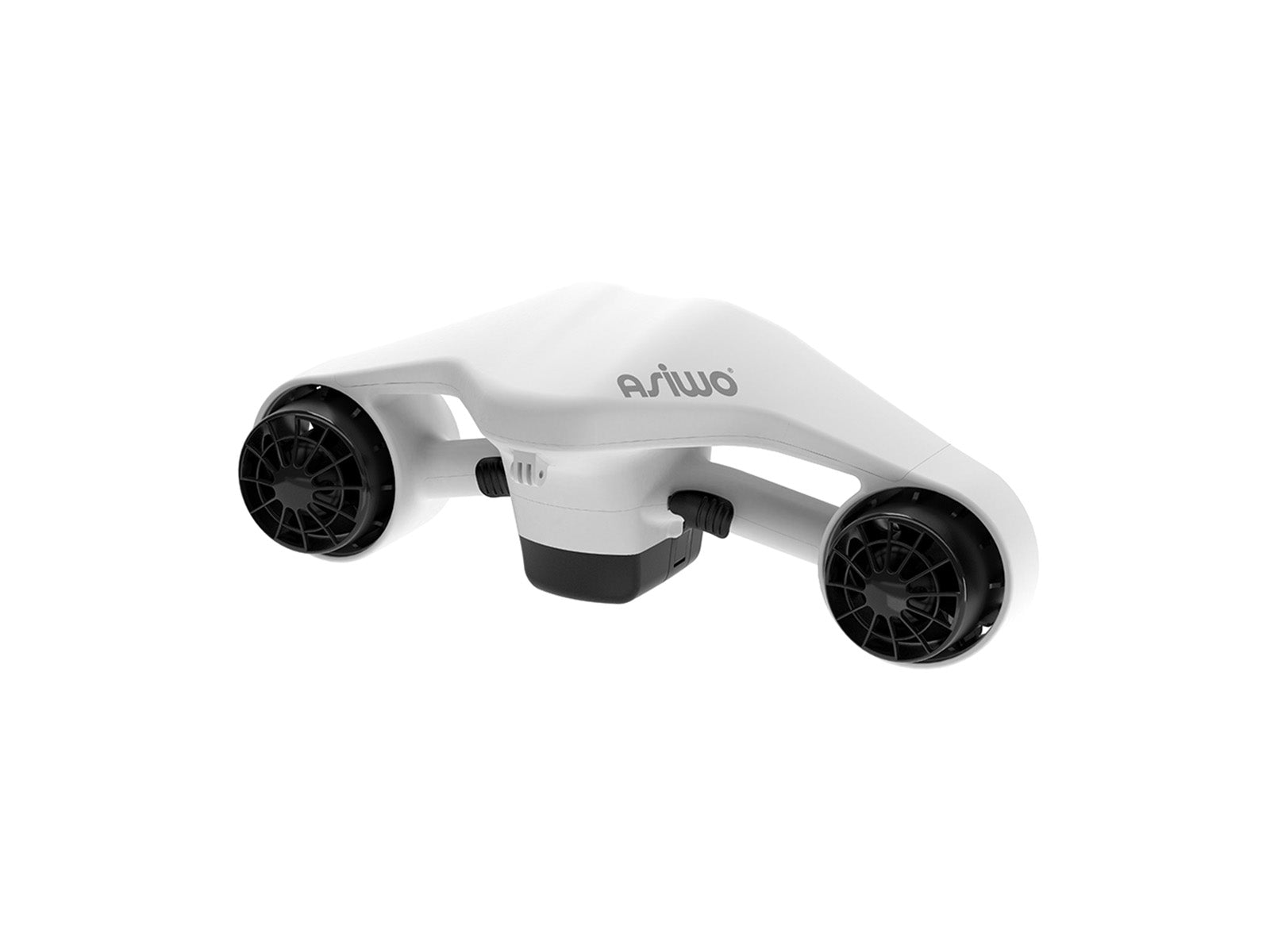
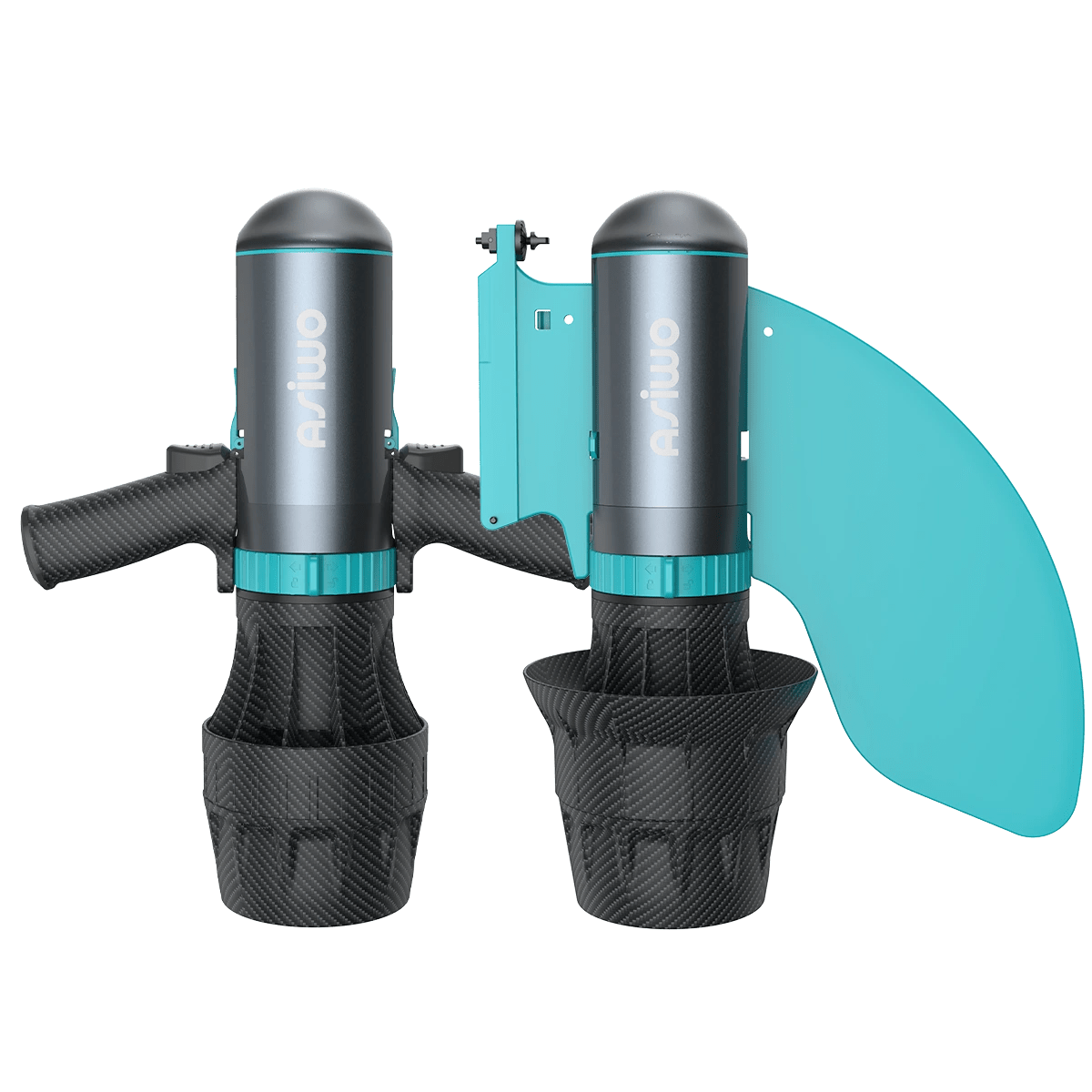




Hinterlassen Sie einen Kommentar